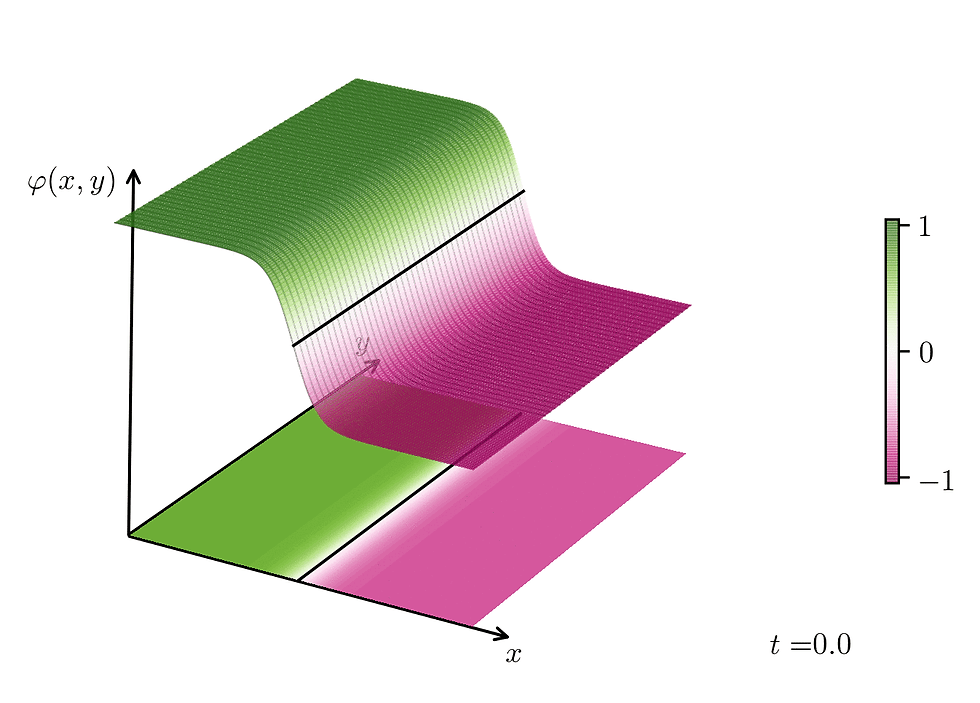Nanoscale avalanches studied with Swiss precision🇨🇭
- Nirvana Belén Caballero

- Feb 13, 2021
- 2 min read
Updated: Jul 14, 2021
Ferroelectrics are very special materials. They are characterized by having regions -called domains- with different electrical polarization whose collective organization leads to the existence of structures at the nanoscale in the form of domain walls.
The high-speed manipulation of these nanostructures with electric fields is the fundamental basis of the next generation of low-power functional devices for computation and communications.
Understanding the static and dynamic features of ferroelectric domain walls under the effects of electric fields is thus highly relevant from a technological point of view.
Ferroelectric domain walls are also a model system to explore the universal features of elastic interfaces in disordered media. These objects are then of great applied and fundamental interest.
In Patrycja Paruch's Lab ferroelectrics can be fabricated and probed under ultra-high controlled conditions with nanometric (Swiss) precision. Dr. Philippe Tückmantel, and his collaborators at the University of Geneva and at the University of California, Berkeley, under the supervision of Prof. Patrycja Paruch, imaged the formation and growth of ferroelectric domains and domain walls under electric fields.

For the first time in these materials, the complex evolution of ferroelectric domains was imaged by using a technique called piezoresponse force microscopy. The ultra-high resolution of this technique allows the observation of events of down to 10 nanometers, revealing the avalanche-like behavior of ferroelectric domain growth.

Ferroelectric domains respond to a slowly increasing external electric field by discrete jerky events which span a broad range of sizes and released energies, and where an initial event can trigger much larger ones in an avalanche phenomenon.
We study two ferroelectric thin-films composed of the same material but with different disorder landscapes. By combining the experimental observations with advanced statistical analyses, we show that the equation that characterizes the physics of ferroelectric domains changes when the electrical force applied to the crystal goes above a certain level: Domain walls respond differently if the applied force is too small.
And for a more specialized audience: Our work shows the importance of distinguishing events occurring in the creep regime from those on the depinning regime when meassuring critical exponents characterizing avalanches.
Reference:
Local probe comparison of ferroelectric switching event statistics in the creep and depinning regimes in Pb(Zr0.2Ti0.8)O3 thin films.
Philippe Tckmantel, Iaroslav Gaponenko, Nirvana Caballero, Joshua C. Agar, Lane W. Martin, Thierry Giamarchi, and Patrycja Paruch.
Physical Review Letters 126, 117601 (2021)




Comments